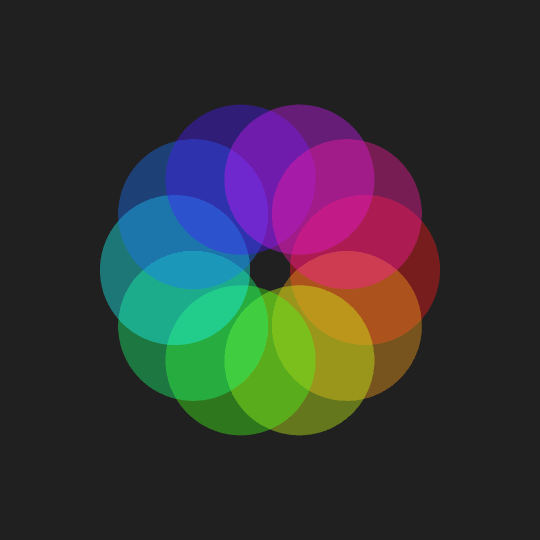
Color is one of the most basic tools to communicate thoughts, feelings, and emotions. So, I’ll be exploring more about colours and colour theory.
Color wheel describes the relationships between colors. It shows primary, secondary, complementary and intermediate colors.
 The colour wheel is a basic but completely essential tool for combining colours.
The colour wheel is a basic but completely essential tool for combining colours.
Primary colours – red, yellow and blue
Secondary colours – mixing the primary colours
Warm colours – red, orange, yellow (vibrant and energetic)
Cool colours – green, blue and violet (calm and tranquility)
Colour has three properties: hue, value and intensity (saturation)


And three basic colour concepts: tints, shades and tones

Now, moving on to the colour harmonies!
Complementary – colors opposite each other on the color wheel](https://www.creativeboom.com/uploads/articles/53/5316ae99794fb6041c8048de148d483e96da31eb_860.png)
Analogous – colours lie next to each other on the colour wheel](https://www.creativeboom.com/uploads/articles/d3/d35f44d549cc2c0fe4cfa89a18167455f4bb0c29_860.png)
Triad – colours are those that are evenly spaced out around the colour wheel
](https://www.creativeboom.com/uploads/articles/c7/c73c5b0f9482c37f8c3d7a33ddd47816a3090919_860.png)
Split-Complementary – a base colour, then uses the two adjacent colours as its complement. ](https://www.creativeboom.com/uploads/articles/47/470d5105235f6a2ed9be85743c582a4240903083_860.png)
Last but not least, CMYK & RGB. 
CMYK is subtractive – add more colours it eventually turns black.
(cyan, magenta, yellow and black) For printing.
RGB is a additive, projected light color system.
(red, green, blue) For web design.
Images used
Moreno, C. (2017). A brief, animated lesson on color theory. Retrieved from https://www.freepik.com/blog/brief-animated-lesson-color-theory/
Cowan, K. (2017). Essential Colour Guide for Designers: Understanding Colour Theory. Retrieved from https://www.creativeboom.com/resources/essential-colour-guide-for-designers-understanding-colour-theory/
K, J. (2017). COLOR THEORY PART 2: EXPLORING HUE, VALUE, TINT, SHADE AND TONE. Retrieved from http://blog.knitpicks.com/color-theory-part-2-exploring-hue-value-tint-shade-tone/
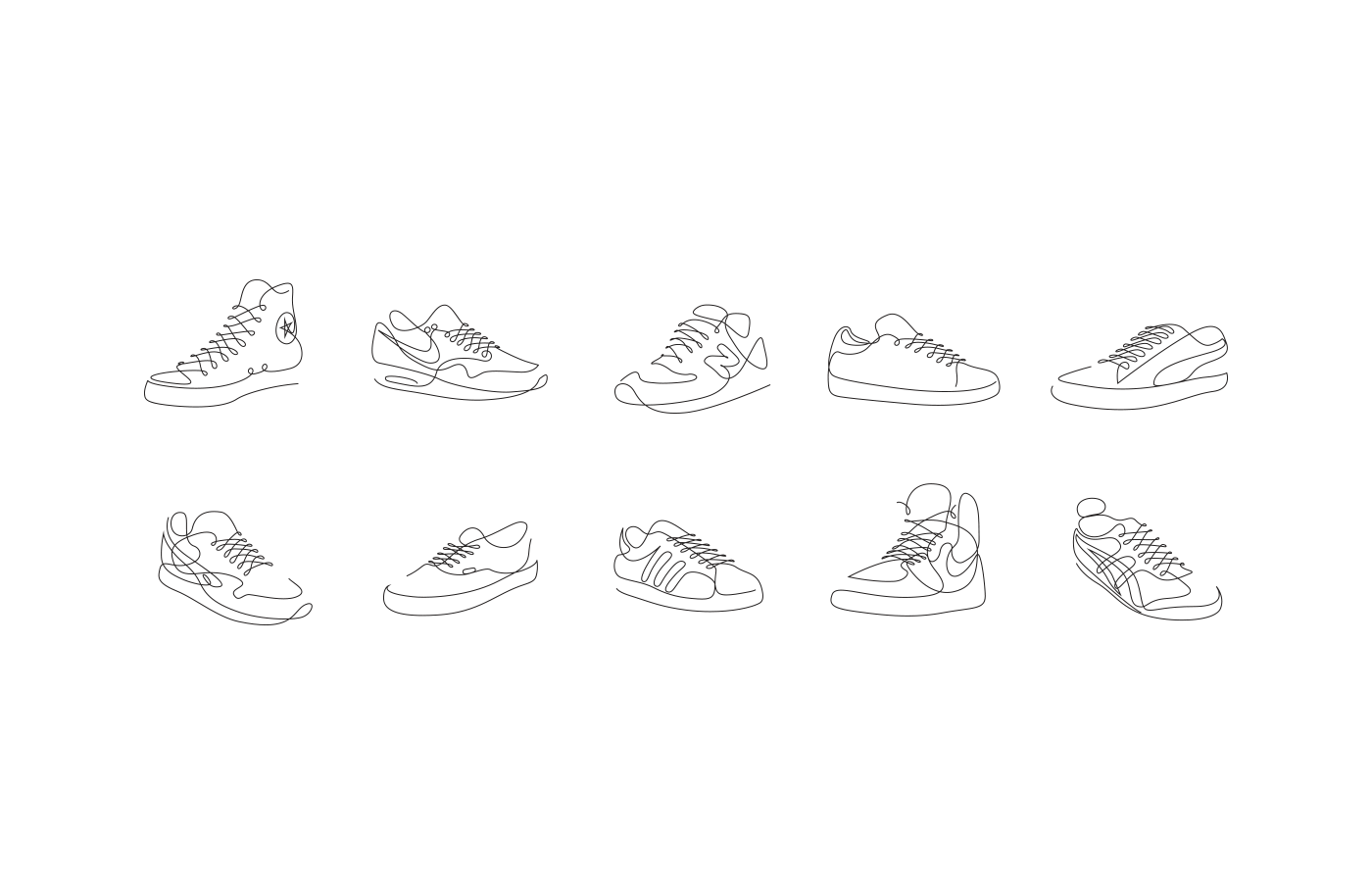
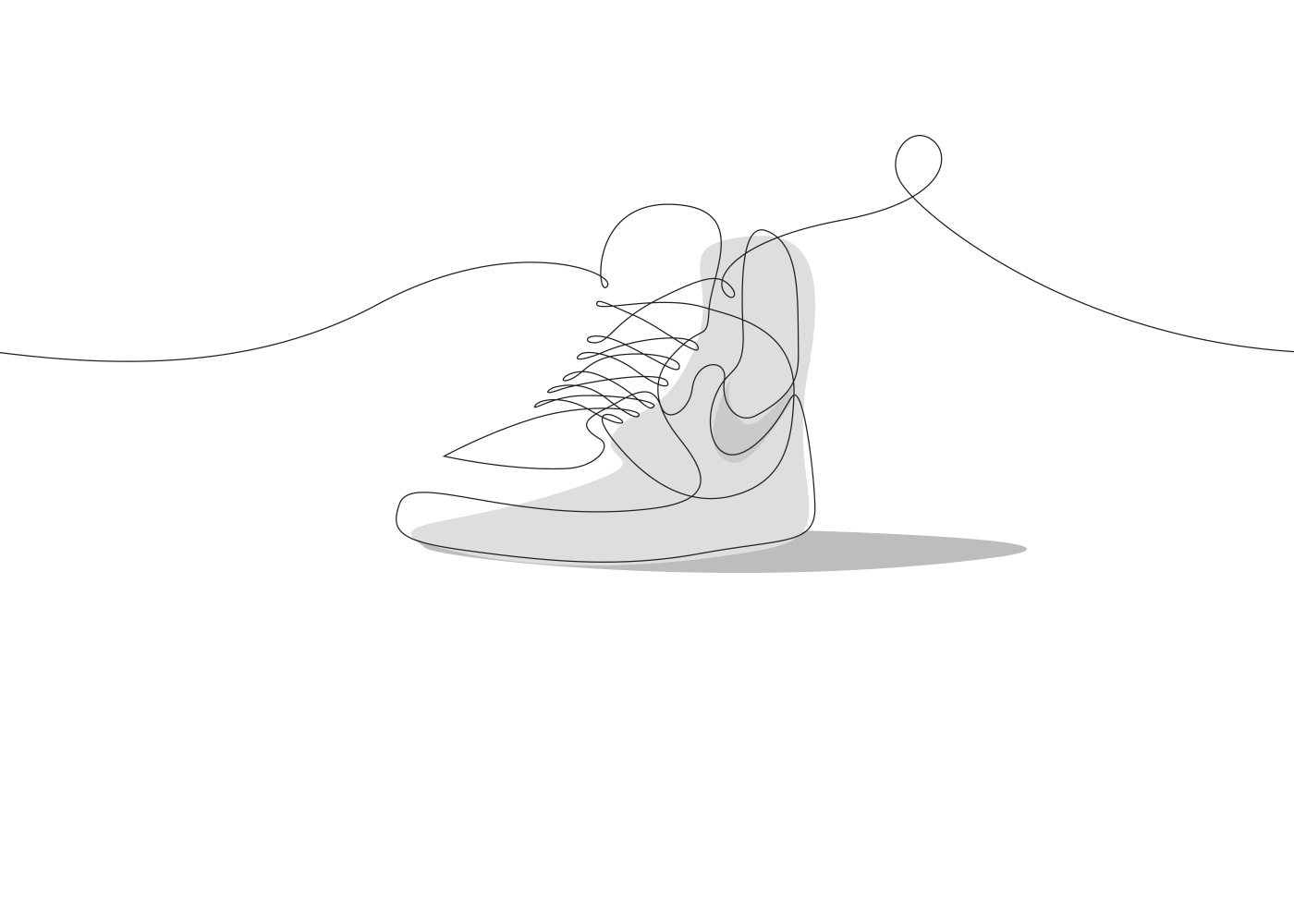
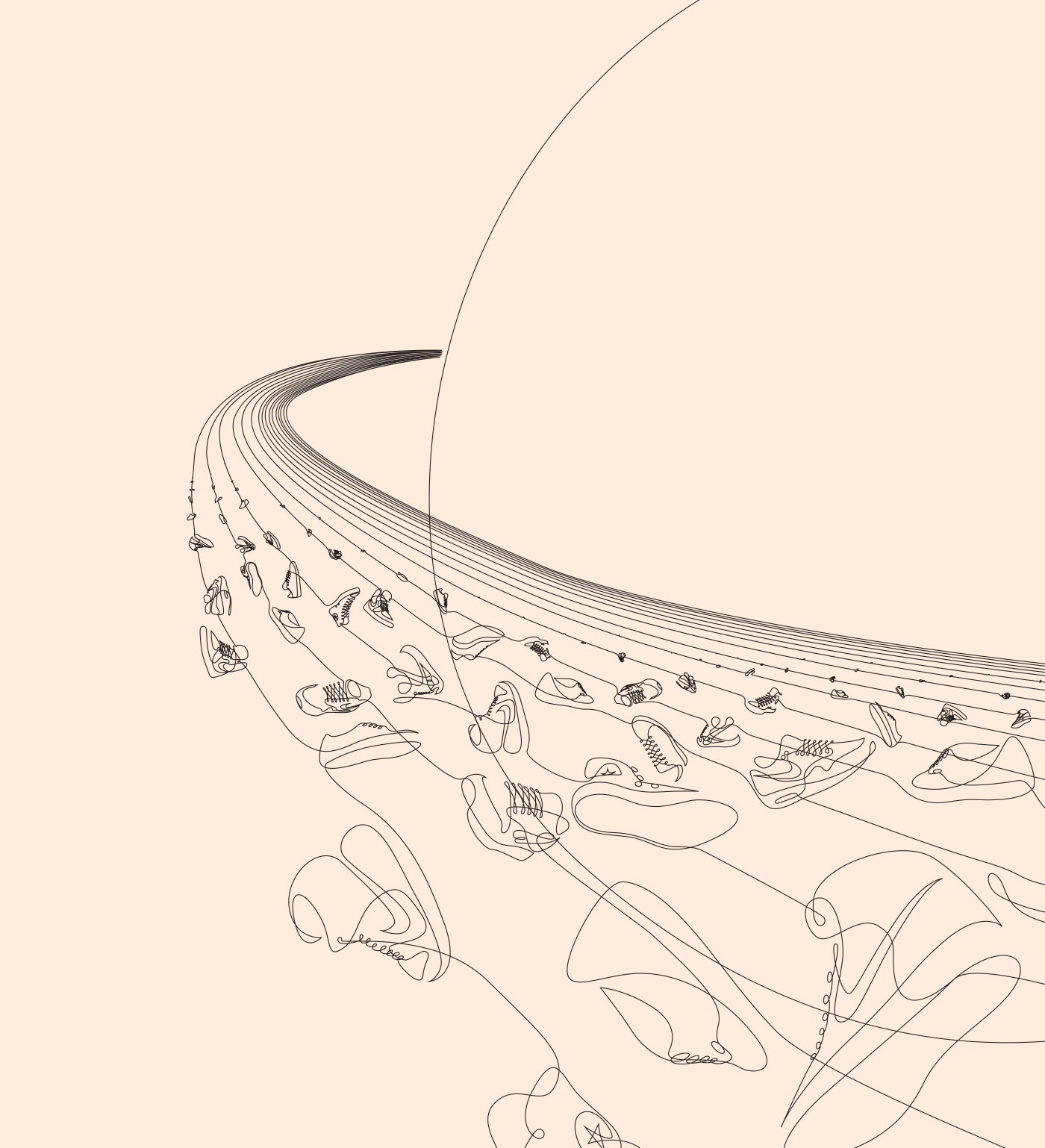
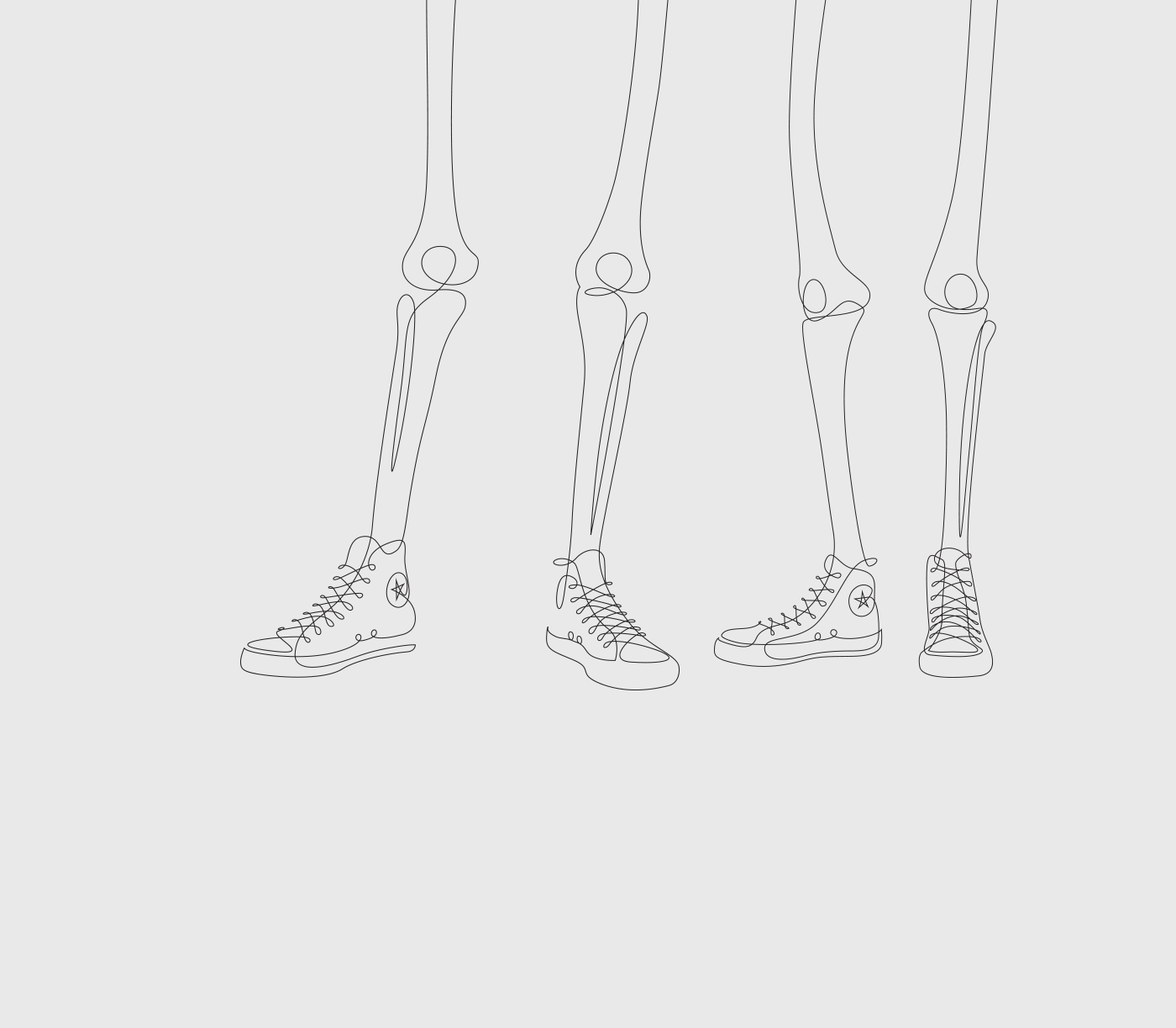



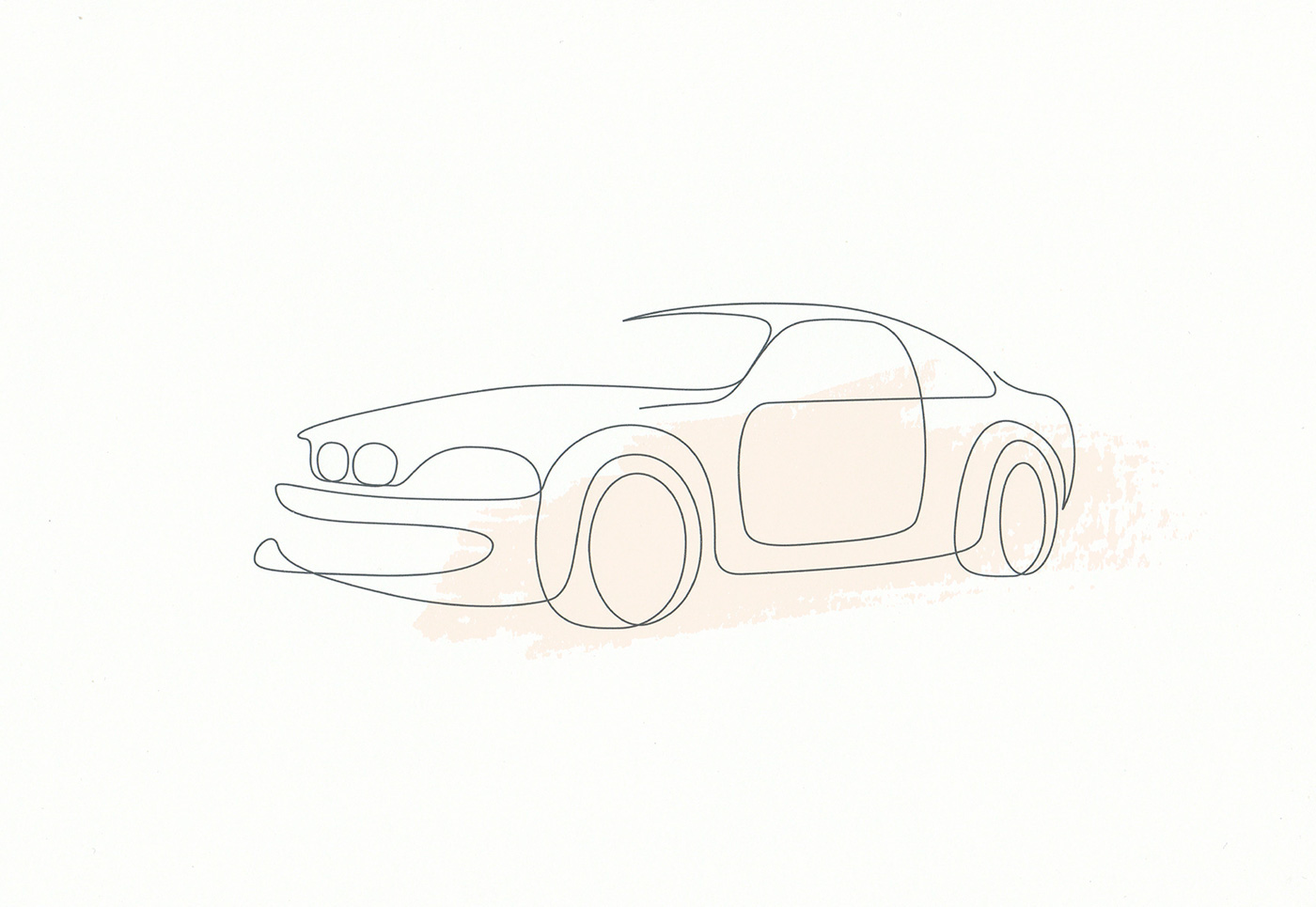
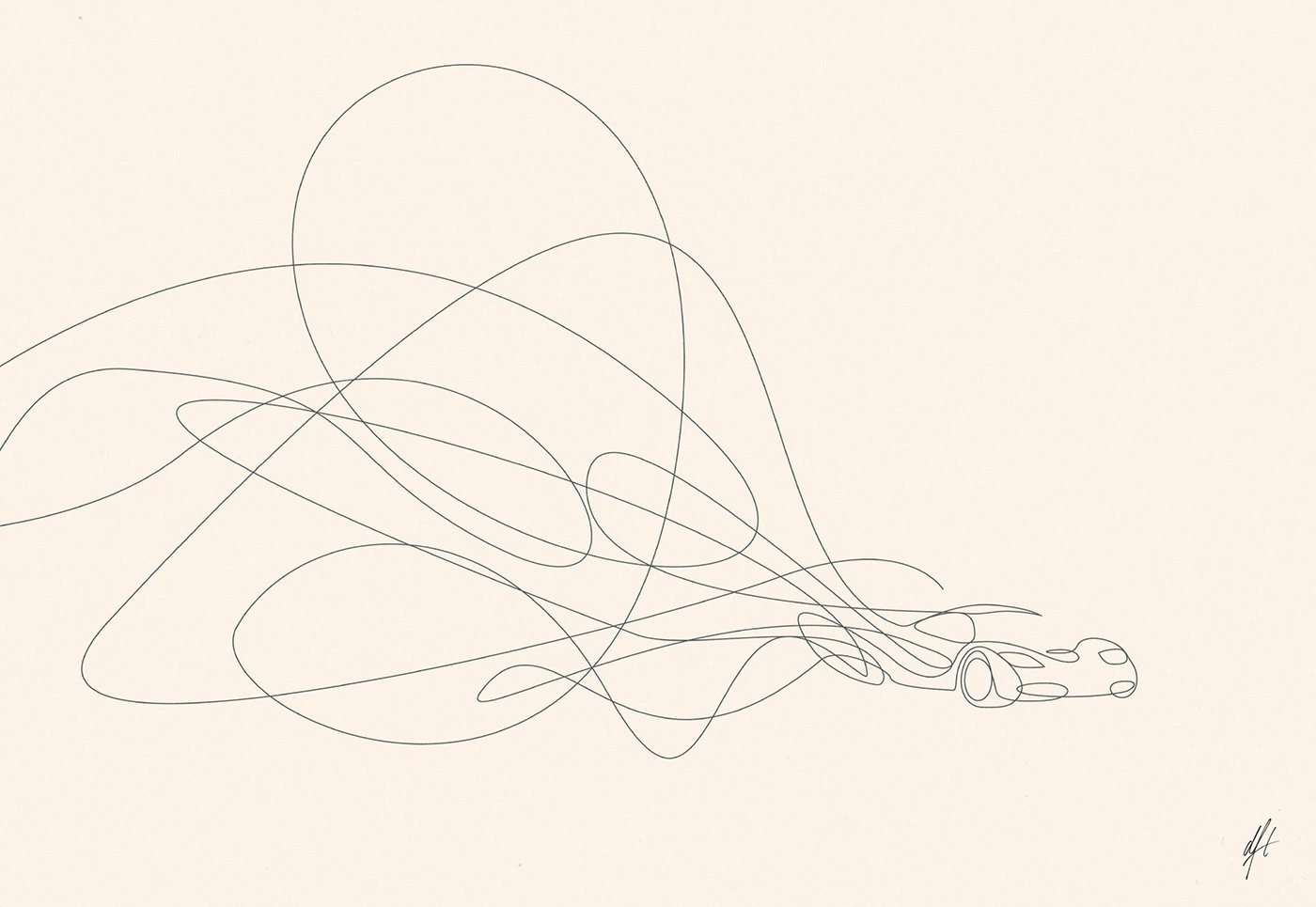









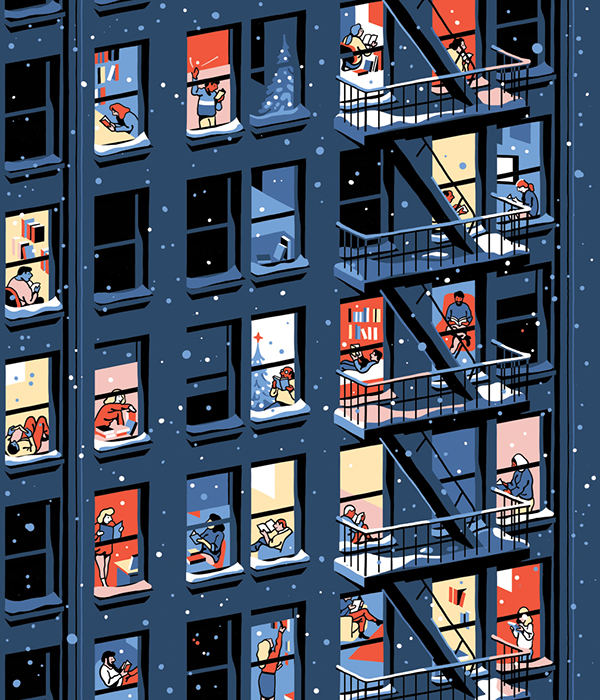



















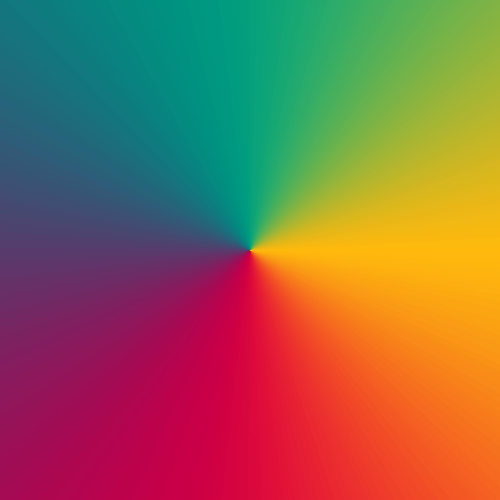







](https://www.creativeboom.com/uploads/articles/53/5316ae99794fb6041c8048de148d483e96da31eb_860.png)
](https://www.creativeboom.com/uploads/articles/d3/d35f44d549cc2c0fe4cfa89a18167455f4bb0c29_860.png)
](https://www.creativeboom.com/uploads/articles/c7/c73c5b0f9482c37f8c3d7a33ddd47816a3090919_860.png)
](https://www.creativeboom.com/uploads/articles/47/470d5105235f6a2ed9be85743c582a4240903083_860.png)

Recent Comments